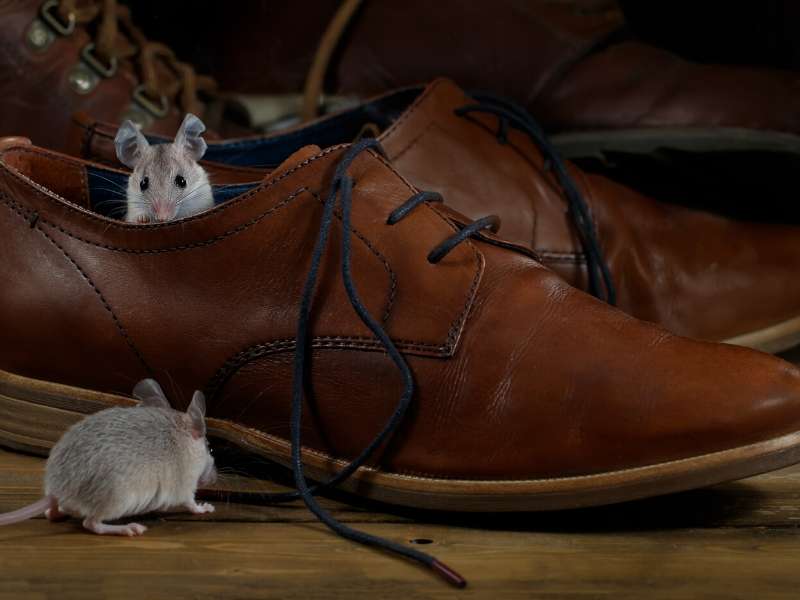There’s nothing worse than finding wild animals making their home within your walls. Once you find them, you’ll have to find a way to get them out again. If you’ve ever had to do this before, you know that bat removal or pest extermination is difficult and time-consuming. Of course, you may also want to find a more humane way to deal with them, too.
The best way to avoid wild animals from entering your home is in the preventive steps you take. Here’s how to seal up holes in your homes to cut off those entrances, and why it’s so important to do so.
How to Seal Holes to Stop Wild Animals from Entering Your Home

Why Holes in Your Home Are a Problem
Reading this, you may not think that you even have any holes in your home. Maybe you’re imagining a large hole in your roof and walls, and think that you don’t have anything like that. However, the holes in your home don’t have to be large and obvious to let wild animals come in.
All you need is a small crack somewhere in the structure of your home. This is especially true of rodents like mice and rats. These animals can squeeze into the tightest spaces.
Those holes can be anywhere in your home too. The attic is usually a prime spot for animals to get in, because it’s so out of sight. If there are trees growing near the roof, it also helps them as they have a way to access the roof in the first place. This is why there’s often a demand for rat removal from attics. To get rid of those pesky rodents, click here for more information on having rats in your house.
Finding the Holes
If you want to prevent animals in your home, first, you must find the holes that need repair. This means you start with a close inspection of your home, both inside and out.
When you look for holes and cracks that allow easy entry for wild animals, look around the window and door frames. Also, look along the foundation, in the roof and crawl space. Additionally, take a very close look for holes or gaps in appliances or pipes.
Sealing the Holes
Luckily, it’s not too hard to seal the holes if they’re still quite small. Weatherproof silicone caulk will seal up holes nicely and you can paint over it. If it’s a larger hole, use steel wool to fill up the gap and then fill that with expandable polyurethane foam. This deters animals in the future from gnawing through.
If you need to seal openings like chimneys or vents, a fine wire mesh is the way to go. It will allow air through, but animals won’t be able to chew through it.
Holes are the main way that animals enter your house, but it’s easy to fix them. If you’ve found that bats are already entering your home, visit www.getridofbat.com for more information on how to remove them. Otherwise, use this guide to seal the holes up and keep animals out.
Here’s to a Wild Animal Free Home
With this information, get busy and clear your home of all unwanted wild animals and their potential damage. If you have any suggestions you want to add, please do so in the comments below. You will also find other links below for all things design.
Images Courtesy of Canva.
Other Posts You Might Enjoy:
3 Things to Fix Before Selling Your Home
Green Living: How Worms Help Your Compost
10 Signs that You Have a Leaking Basement in Your Home
5 Home Improvement and Remodeling Ideas to Boost Your Home Value





